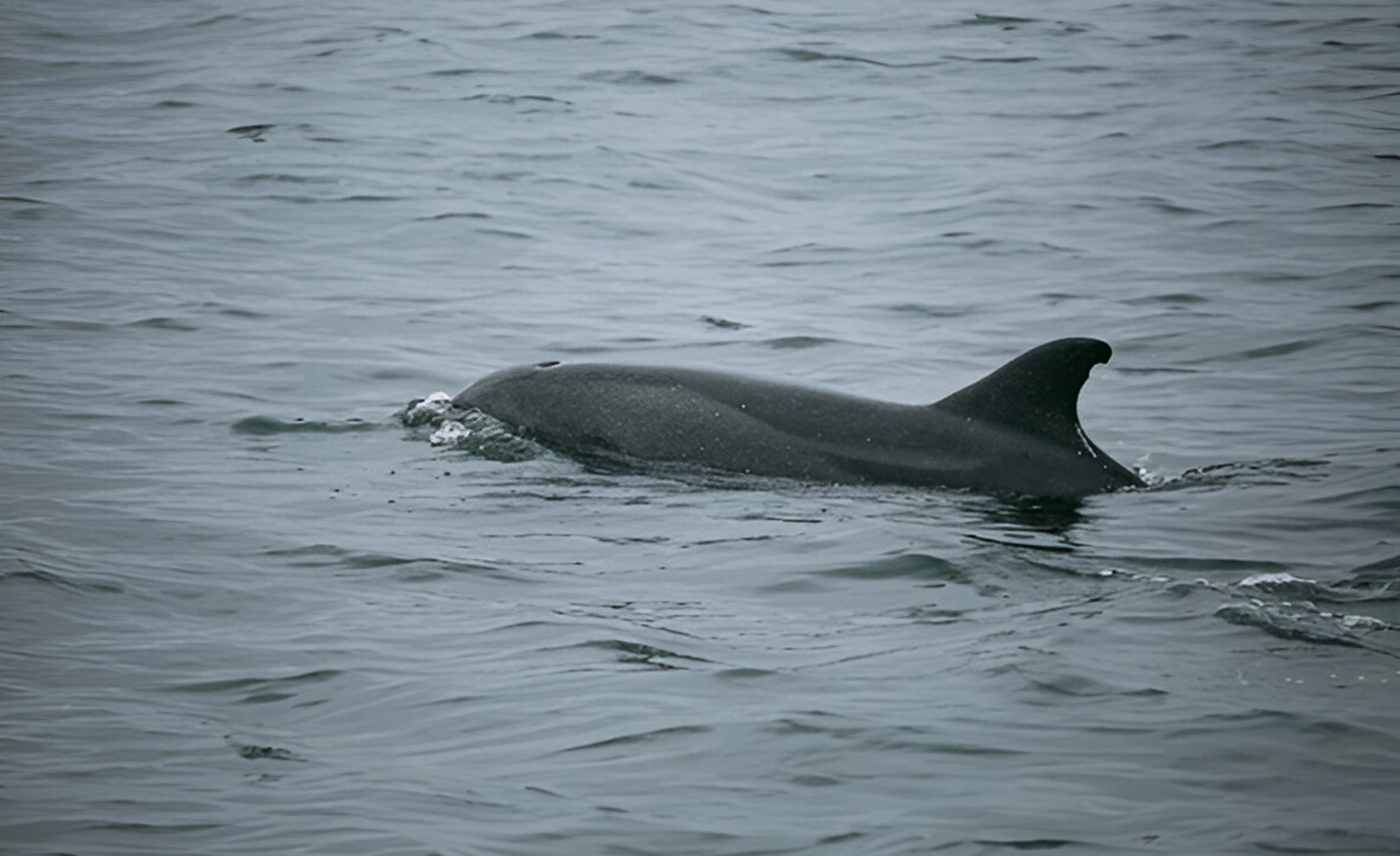
Atlantic Humpback Dolphin: Marine Marvels at Risk in Africa
The Atlantic Ocean’s coastline in West Africa is home to a rare and mysterious marine species—the Atlantic humpback dolphin. Known for its distinctive hump and elusive behavior, this coastal dolphin is not only a wonder of marine biodiversity but also one of the most endangered marine mammals in the region. The growing concerns around the survival of the Atlantic humpback dolphin have thrust this species into the spotlight of conservation efforts across Africa.
Table of Contents
Who Is the Atlantic Humpback Dolphin?
Scientifically named Sousa teuszii, the Atlantic humpback dolphin is part of the Sousa genus, which also includes Indo-Pacific humpback dolphins. These dolphins are characterized by a robust body, a low dorsal fin atop a noticeable hump, and a coloration that ranges from light gray to pinkish hues. What makes the Atlantic humpback dolphin unique is its strong preference for shallow, nearshore waters along the West African coast—from Western Sahara to Angola.
Unfortunately, this limited habitat preference makes the species highly vulnerable to human activities. With an estimated population of fewer than 3,000 individuals, the Atlantic humpback dolphin is classified as Critically Endangered by the IUCN.
Major Threats Facing the Atlantic Humpback Dolphin
1. Coastal Habitat Degradation
As coastal development increases across West Africa, the natural habitats of the Atlantic humpback dolphin are rapidly disappearing. Pollution from urban runoff, industrial waste, and oil exploration has seriously degraded water quality in many of their traditional habitats. Mangroves and estuaries, which are critical for the dolphin’s prey, are also being destroyed at alarming rates.
2. Bycatch in Artisanal Fisheries
One of the biggest threats to the Atlantic humpback dolphin is incidental capture in fishing nets—commonly referred to as bycatch. Artisanal fishers operating with gillnets often accidentally entangle dolphins, leading to injury or death. Unlike larger marine mammals that inhabit open waters, the Atlantic humpback dolphin’s close proximity to shorelines makes them particularly susceptible to these fishing practices.
3. Deliberate Hunting and Marine Bushmeat Trade
In some parts of West Africa, dolphins are hunted for their meat or used as bait in shark fisheries. While illegal under international marine protection laws, enforcement is weak or non-existent in several regions. The Atlantic humpback dolphin is often caught and sold in local markets as part of the marine bushmeat trade—a growing threat to endangered marine species.
4. Noise Pollution and Boat Traffic
With expanding port infrastructure and tourism along the coast, noise pollution is another growing issue. Increased boat traffic disrupts the dolphins’ echolocation and communication abilities, which can impair feeding and mating behaviors.
Why the Atlantic Humpback Dolphin Matters
The Atlantic humpback dolphin plays a critical role in maintaining the health of marine ecosystems along Africa’s western shores. As apex predators, they help regulate fish populations and contribute to the overall balance of marine biodiversity. Their presence is also an indicator of ocean health—if the dolphins are in trouble, the entire ecosystem is likely under threat.
Moreover, these dolphins hold cultural significance in many coastal African communities, where they are often regarded as totems or spiritual protectors of the sea.

Conservation Efforts: A Race Against Time
Despite their critical status, the Atlantic humpback dolphin remains one of the least studied and most poorly protected dolphin species in the world. However, a few initiatives are beginning to turn the tide.
1. Protected Areas and Marine Reserves
Efforts are underway to establish marine protected areas (MPAs) in key regions such as Senegal, Guinea-Bissau, and Angola. These MPAs are designed to limit human activities in essential habitats and offer a refuge for endangered marine species like the Atlantic humpback dolphin.
2. Community-Based Conservation
Local communities are being educated and empowered to take part in conservation. Training fishers to modify nets to reduce bycatch and reporting dolphin sightings can significantly contribute to protecting these marine marvels.
3. Research and Data Collection
Scientific research remains essential to understand the behaviors, migration patterns, and threats to this elusive species. Organizations such as the Sousa Alliance and the IUCN Cetacean Specialist Group are working tirelessly to gather data and propose effective conservation strategies.
4. Policy and International Collaboration
Greater regional cooperation is needed to ensure consistent protection across borders. Treaties like the Convention on Migratory Species (CMS) aim to facilitate such collaboration and enforce conservation laws.
How You Can Help
Even if you’re not in Africa, you can support Atlantic humpback dolphin conservation in several ways:
- Support marine conservation organizations through donations or volunteering.
- Raise awareness on social media about the plight of endangered marine species.
- Choose sustainable seafood and reduce plastic usage to minimize your impact on ocean ecosystems.
Conclusion
The Atlantic humpback dolphin is more than just a rare species—it’s a symbol of Africa’s rich and fragile marine heritage. As threats mount from all sides, time is running out to safeguard these graceful creatures. Through stronger protections, community involvement, and global awareness, we can ensure that the Atlantic humpback dolphin continues to glide through Africa’s coastal waters for generations to come.
